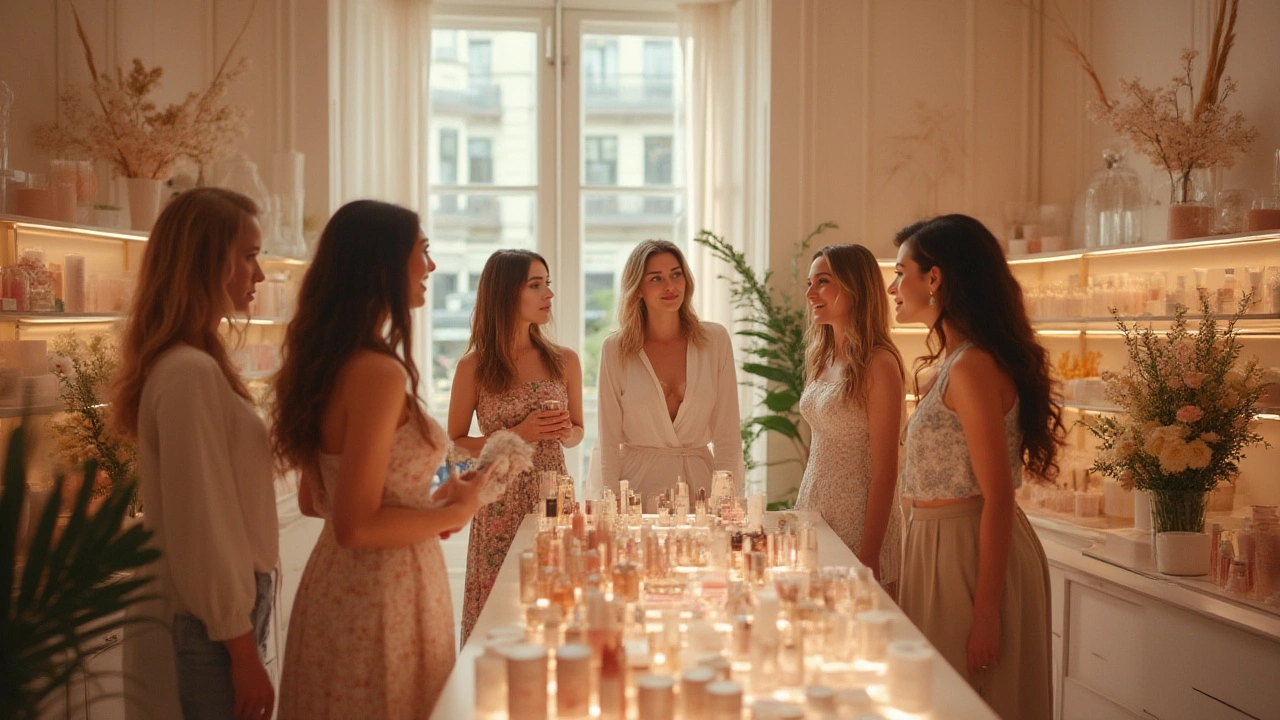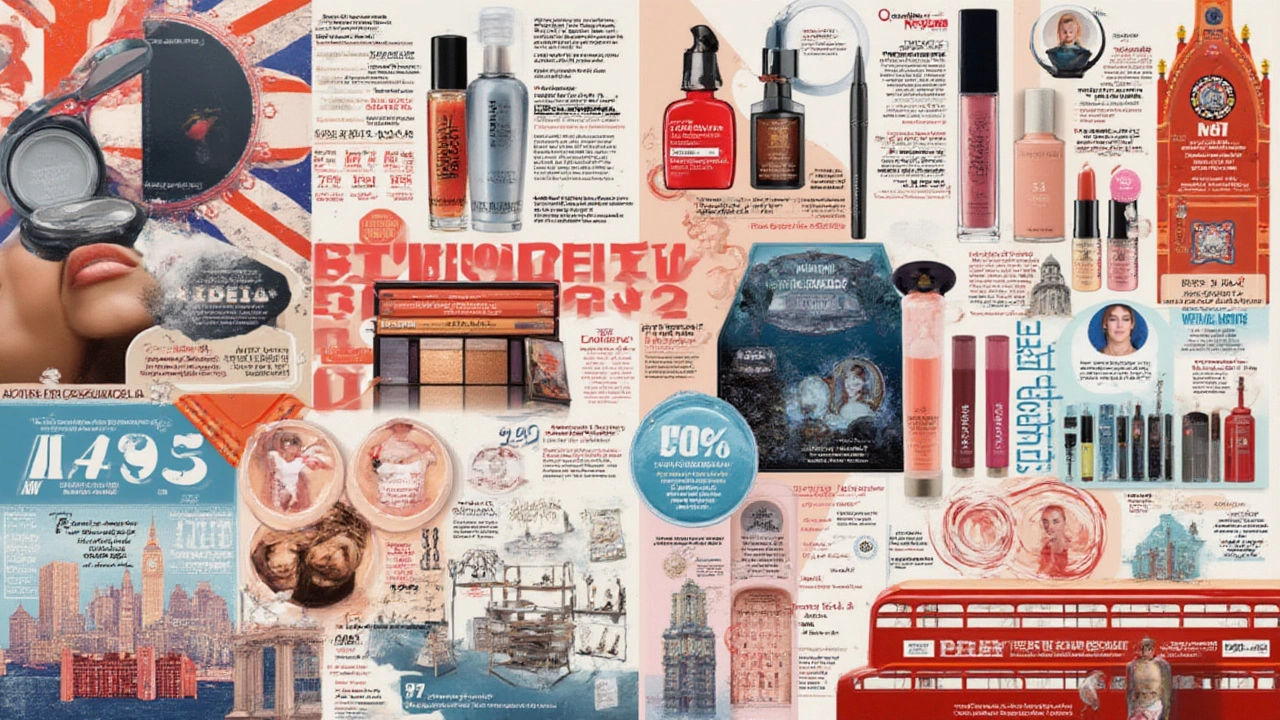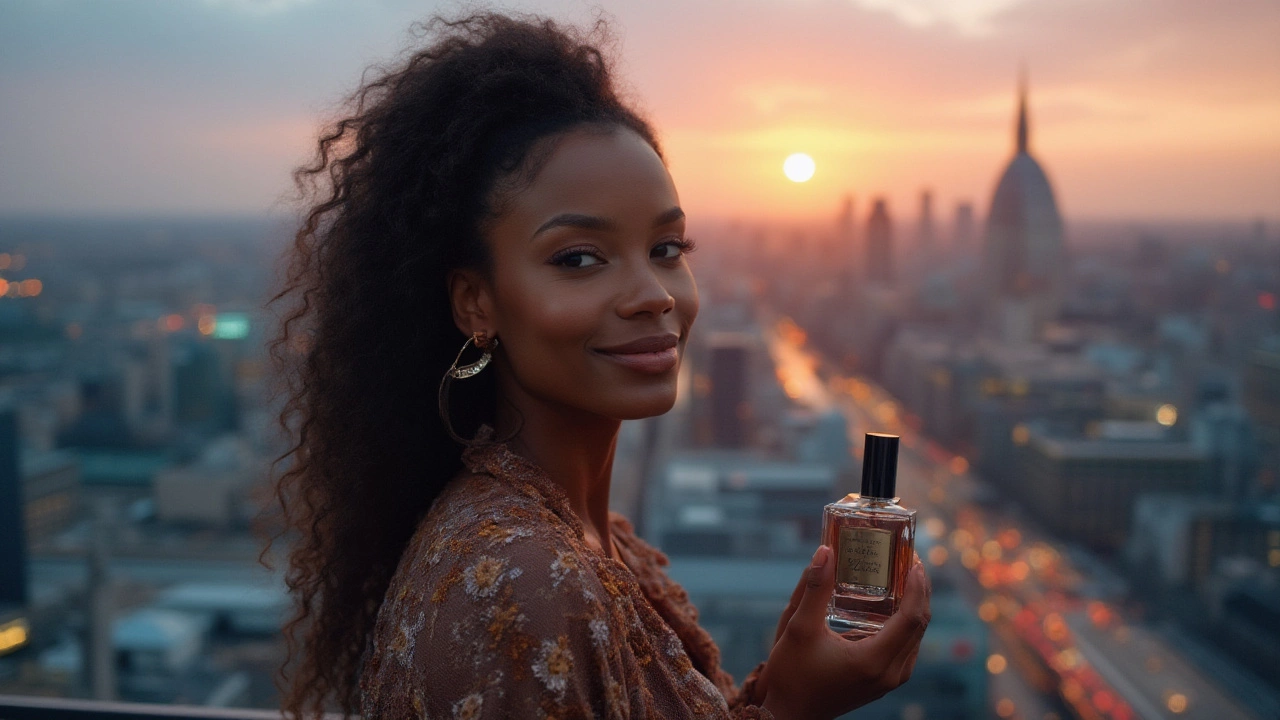
Do you ever wonder what drives an ordinary mascara or moisturizer to cult status—how a single beauty brand becomes “the top,” outpacing hundreds, even thousands, of competitors every year? The beauty world’s fiercest rivalries aren’t just about glitzy packaging or the latest TikTok trend. Old-world luxury giants are wrestling with indie brands and new eco-champions, each fighting for your devotion—and your wallet. The winner’s crown isn’t decided by scientists in white coats or smoky-eyed influencers alone. It’s shaped in boardrooms, beauty forums, and the shelves of every pharmacy, department store, and online cart. Now, in 2025, the question isn’t just who’s number one—it’s what exactly that title even means. Let’s look behind the gloss and glitter to see what makes a brand the real queen of beauty.
Defining the Top Beauty Brand in 2025
Which brand owns the top spot right now? If you look at numbers, buzz, and cultural impact, no discussion dodges Estée Lauder. From its humble beginnings as a family-run company in New York in 1946, Estée Lauder has become a global powerhouse, overseeing an empire that sweeps up household names like MAC, Clinique, La Mer, Bobbi Brown, and Jo Malone. But domination isn’t just about acquiring labels; it hinges on how a brand adapts to the ever-changing world—that’s exactly where Estée Lauder shines.
Let’s talk revenue: Estée Lauder reported annual sales that topped $17 billion globally in 2024, according to their financial disclosures. Their flagship brands, especially Estée Lauder, MAC, and La Mer, keep expanding across Asia and Latin America, regions where beauty standards are fast-evolving and demands for personalized, high-performance skin and makeup products keep climbing.
Of course, revenue isn’t everything. In 2025, the “top beauty brand” must juggle sustainability, social impact, and innovation. Estée Lauder, for example, hit their target of 75% recyclable packaging by May 2025 and pledged to transition to 100% renewable energy in all their facilities by the end of this year. They’ve partnered with UNICEF for decades, but intensified global health and gender equity programs these last two years, giving them a serious edge with Gen Z and Millennials, who care deeply about values driving their purchases.
But here’s what most people miss—beauty brand loyalty goes beyond a corporate badge. Individual products carry the cult status. The Estée Lauder Advanced Night Repair serum is a case in point. It’s sold every 12 seconds somewhere in the world, and its clinical efficacy—especially for hydration and visible wrinkle reduction—is backed by dermatologist-led studies. That’s not social media hype, it’s hardcore science. MAC’s Ruby Woo lipstick has become so iconic that sales are often used as an industry benchmark for classic reds.
Just as notable: their investment in innovation isn’t window dressing. In 2024, Estée Lauder spent $650 million on R&D—testing new actives, green chemistry, and digital skin diagnostic tools. They also lead with AI-driven product personalization, which lets consumers scan their faces and receive custom shade recommendations or regimen tweaks through app integration.
For anyone weighing what makes a brand “best,” here’s a handy table comparing some latest stats for the top three global beauty houses as of June 2025:
| Brand | Annual Revenue (2024) | Flagship Product | Global Reach |
|---|---|---|---|
| Estée Lauder Companies | $17B | Advanced Night Repair Serum | 140+ countries |
| L’Oréal Group | $38B | L’Oréal Revitalift | 150+ countries |
| Shiseido | $9.5B | Ultimune Power Infusing Concentrate | 90+ countries |
What you’ll notice here is that size alone doesn’t instantly equal “top.” L’Oréal’s total revenues are bigger, but its structure is much more sprawling, and their luxury and mass-market brands don’t always have the same boutique cachet. Shiseido, meanwhile, dominates much of Asia, but Estée Lauder’s brands enjoy a stronger cult following in Europe and the Americas, especially for anti-aging and luxury makeup.
Another not-so-secret weapon: celebrity partnerships. Estée Lauder scored big this year with Anya Taylor-Joy and Korean star Jisoo as global ambassadors, turning international campaigns into viral trends overnight. And unlike flash-in-the-pan influencer deals, these Ambassadors were carefully chosen for their authentic connections to both fashion and culture—not just Instagram numbers. That’s part of the magic: the top brand shapes taste, not just follows it.

The Magic Formula: Ingredients, Innovation, and Experience
Ever wonder why people trust some beauty brands more than others—even when the ingredients look pretty similar? The real difference hides in formulation, testing, and usability. Take Estée Lauder’s Advanced Night Repair again. The secret sauce? Patented Chronolux™ technology for boosting skin repair at night, plus the proven humectant bifida ferment lysate, which major journals have shown to support barrier function and soothe redness. Sure, plenty of serums add hyaluronic acid, but not with the same balance of actives, stability testing, and broad compatibility across skin types.
Estée Lauder’s R&D pipeline doesn’t churn out gimmicks—they really drill down into what works for the widest pool of customers. Think custom-tailored foundations with hundreds of undertones, lipsticks that perform under mask-wearing, and hybrid skin-makeup products that launched years before skin tints became a TikTok sensation. Leaps like these only land when you listen closely to millions of customer reviews, clinical data, and, yes, good old sales feedback.
Ingredient transparency also matters more than ever. “Clean beauty” is the big buzz, and the brand’s move to label allergens and run rigorous third-party tests makes all the difference to discerning buyers. People want to know what’s not in the bottle (parabens, phthalates, mineral oil) almost as much as they want to know what is.
The in-store experience has evolved too. Even legacy counters in Selfridges or Saks now use skin scanning cameras to fine-tune recommendations and suggest routines via QR codes. No one cares for pushy sales reps; smart mirrors and digital checkouts let you play at your own pace. Online, Estée Lauder’s virtual try-on tool, launched in 2024, snapped up millions of users in its first year, especially for lipstick and concealer. People could finally see what they’d get on their own skin—even at 2 a.m. in pajamas.
Let’s bring in another data tidbit: Estée Lauder took the top spot for customer satisfaction in a 2025 JD Power beauty survey, beating out Clinique, Chanel, and Fenty. The rating factored everything—customer service, returns, product efficacy, and even shipping speed. That’s not just good PR. That’s operational excellence making people’s lives just a little smoother, and isn’t that the everyday magic we chase with any beauty buy?
If you’re looking for pro tips, shop limited edition holiday sets—Estée Lauder, especially, packs their best sellers at a fraction of the individual cost. Always ask for deluxe samples when buying in person or online; the brand is famous for generous GWPs (that’s ‘gift with purchase’ in beauty speak). And when trying a new foundation, use the online shade finder first, then test in-store for undertone before committing. Even a trusted brand is only as good as your unique match.
Fan of ingredient lists? Research shows you can maximize benefits by layering products from the same line; they’re designed to work together without irritation. Customization isn’t just about shades but about skin needs—the algorithm supporting Estée Lauder’s Custom Blend Moisturizer, for example, factors in climate, stress, and even local pollution readings to tweak hydration and barrier repair. Who knew face cream could be this scientific?

The Future of Beauty Brands: Trends to Watch and How to Choose Yours
The story of the “top beauty brand” never stays still for long. Sustainability is still the big word, but in 2025, it’s not enough to just offer recyclable bottles. The leading contenders (Estée Lauder, L’Oréal, and Shiseido) aggressively invest in refill stations, water-saving manufacturing, and upcycled packaging. Their next big promise? Achieving carbon neutrality within five years and unveiling “closed-loop” systems that keep product and packaging in circulation instead of landfills.
Social responsibility now matters as much as shelf appeal. Brands aren’t just cashing in on inclusivity; Estée Lauder was among the first to launch 80+ foundation shades globally, modeling shade equity for all skin tones. Their Women’s Leadership Initiative, started in 2023, funds STEM scholarships for young women—a move not lost on their ambitious fanbase.
The next big trend for 2025? Tech-enhanced personalization. Imagine stepping up to a store mirror that analyzes your moisture level, pigment irregularities, and stress lines using micro-sensors, then recommends a skin routine and makeup look for the week—all synced to your app and online order history. Estée Lauder’s prototype “E-Mirror” stations in Tokyo and London hit 90% customer satisfaction ratings in pilot testing this year, with plans to expand citywide before Christmas.
So, how do you pick the right top beauty brand for you? It boils down to a few simple steps:
- Identify your main beauty goal: anti-aging, hydration, radiance, or coverage.
- Read real-world reviews and always check clinical trial data when available. Beware of “miracle” claims without hard science.
- Consider transparency—does the brand list full ingredients, run cruelty-free tests, and disclose sourcing practices?
- Lean into the brand’s strengths. Estée Lauder shines in anti-aging and luxury skincare. MAC delivers color. Shiseido marries science and elegance.
- Test, sample, and see how products feel—and smell—on your own skin. Never trust a product’s star rating alone.
The chase for the best in beauty is always moving. But if you want the blend of reliability, experience, innovation, and sheer luscious pleasure under one label in 2025, top beauty brand status belongs to Estée Lauder. The real win, though, is knowing which formulas make you actually feel good—no matter what’s trending, or who’s trending. Because beauty’s greatest magic is how it lets you be more yourself, every single day.